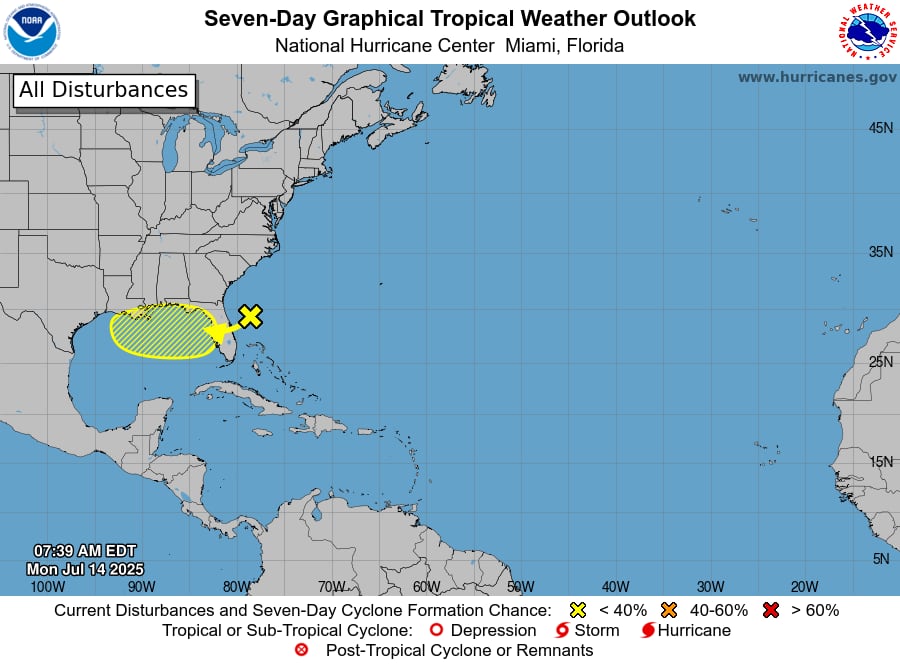The R-1 visa continues to provide clergy, ministers, and other religious professionals with the opportunity to reside and work in the United States for a maximum of five years, as the U.S. Citizenship and Immigration Services (USCIS) reaffirmed the program’s structure.
The visa can potentially lead to permanent residency through the EB-4 green card pathway, which is much better.
The R-1 visa is the first step for people serving in ministry or religious activity to establish stronger links with the communities they serve.
The R-1 visa: what is it? Knowing the fundamentals
A nonimmigrant visa called the R-1 is intended for foreign nationals who are travelling to the United States to perform religious work. Anyone who belongs to a recognised religious denomination with a legitimate nonprofit religious organisation that operates in the US is eligible.
Before applying, candidates must have been a part of their religious community for a minimum of two years.
Ministers, religious educators, and professionals in religious occupations such as monks, nuns, or counsellors are among the qualified positions.
Faith workers can use this visa to help their communities without having to apply for permanent status right away, however those who are interested can do so.
How long is an R-1 visa valid for religious workers in the United States?
The R-1 visa allows for a 30-month initial stay, with the option to renew it for an additional 30-month period, for a maximum stay of five years.
Before they can petition for a new R-1 visa, religious workers must leave the United States and stay abroad for a minimum of 12 months after the five-year milestone has passed.
Can holders of an R-1 visa obtain a green card?
The EB-4 category, which is designated for exceptional immigrant religious workers, is where holders of R-1 visas can apply for a green card. Form I-360, Petition for Amerasian, Widow(er), or Special Immigrant, must be submitted by the religious organisation wishing to sponsor the employee.
The applicant must have been continuously involved in their religious role for at least two years before to applying in order to be eligible.
The employee has two options after the I-360 is approved: they can change their status from within the United States or at a U.S. consulate overseas.
Thankfully, the R-1 visa permits “dual intent,” meaning that obtaining a green card does not immediately nullify or disqualify your R-1 status. This implies that you can simultaneously serve your church and pursue your green card.
Read Also: California’s Homeless Crisis Looms Large Over Gavin Newsom’s Legacy
The present backlog problem: Why is it taking longer to gain residency?
The road becomes a little rougher at this point. A change in policy in March 2023 combined the backlog for some Central American juveniles under the Special Immigrant Juvenile (SIJ) program with the EB-4 green card line.
As a result, religious workers who wanted to obtain their green cards had to wait a long period. Estimates indicate wait times of ten years or longer in certain instances, particularly for applicants from highly sought-after nations.
Due to this, religious workers are now in a difficult situation where they must balance their R-1 visas that are about to expire with their pending green card applications.
Furthermore, even the most pious people may feel overburdened by a ten-year wait, even though patience is undoubtedly a virtue.
The bipartisan Religious Workforce Protection Act was introduced by politicians in response to this growing issue. The goal of this proposed law is to permit religious workers to remain in the country after their R-1 visa expires as long as their green card applications are still pending.
Read Also: Say Goodbye to E-Bikes? NYC Considers Ban in Popular Hotspot
How to submit an R-1 visa application— A brief overview of the procedure
Form I-129, Petition for a Nonimmigrant Worker, is the initial document that the religious organisation in the United States must submit to begin the procedure.
They must submit the paperwork with supporting evidence attesting to the worker’s qualifications and the organization’s nonprofit status.
After the petition is approved by USCIS, the applicant can formally apply for an R-1 visa at any U.S. embassy or consulate overseas.
They can change their status if they are already in the United States. In order to confirm the validity of the employment offer and company, USCIS may also visit the location.
To prevent delays that can compel workers to leave the country in the middle of their application, it is crucial to keep track of visa deadlines and start the green card process early.



